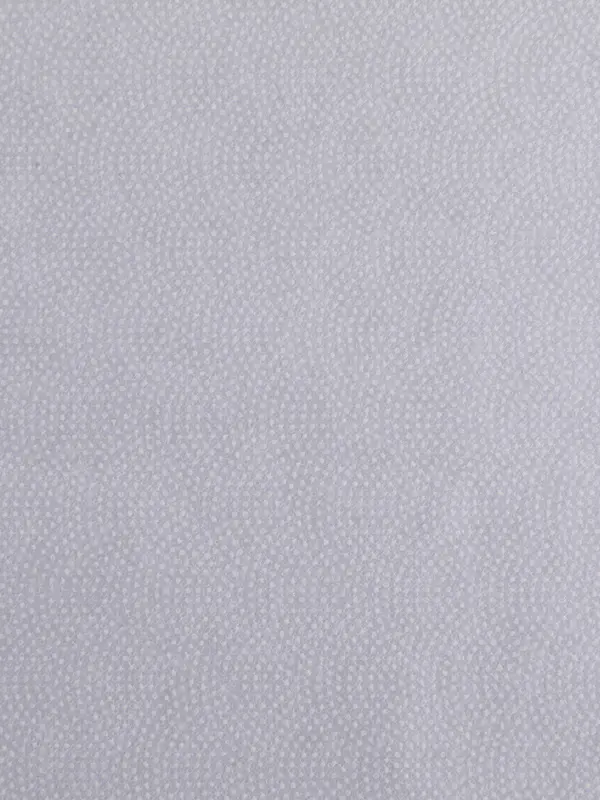Interfacing fabric is an important part of sewing, especially when it comes to clothing. It adds stability and structure to your garments, and it helps keep them from wrinkling. For instance, if you sew a sweater or a dress without interfacing it, the hems will hang too low and the fabric will not have the right structure. Though simple garments can get away without using interfacing, more complicated garments such as jackets and coats often require it.
If you're working with heavier fabrics, you may want to consider a heavier-weight type of interfacing. You can find heavy-weight interfacing or even one that has no grain at all. You can also find lightweight options. The heavier-weight interfacing type is often a bit stiffer, but it's easier to work with than its lighter counterpart.
Regardless of the type of fabric, it's essential to choose the right type of interfacing. It can affect the drape and structure of the finished piece. In general, medium-weight interfacing is the most commonly used and works well with most types of fabric. However, heavier-weight interfacing is generally used for accessories such as hats and bags.
Once you've selected the right kind of interfacing, you can get started sewing. The best way to get started is by reading your pattern and choosing a piece that's compatible with the rest of your project. Then, cut the interfacing accordingly. The shiny side of the interfacing should be facing the wrong side of your fashion fabric. Once you've cut the interfacing, pin it to the pattern pieces. Once the pattern pieces are attached, sew them together and you're ready to go!
Depending on your needs, interfacing can help with many different types of sewing projects. It provides structure, stability, and durability. When applied to garments, it makes it easier to get the right fit and maintain the shape. For example, it can prevent your fabric from stretching and gives the final garment a professional finish.
When you're working with non-fusible interfacing, it's vital that you apply the fabric correctly. If you're using it improperly, it can come undone during the sewing process. When applying the interfacing to a garment, you should be careful to adhere the interfacing to the wrong side. If you're using a non-fusible type of interfacing, you'll need to use the zigzag stitch and overlap the seams to reduce the bulk.

Composition :Polyester
Glue:PES
Hand Feel :medium
Weight (range): medium
Width(cm) : 90/100/150
Color: White/Black/Off White/Charcoal










